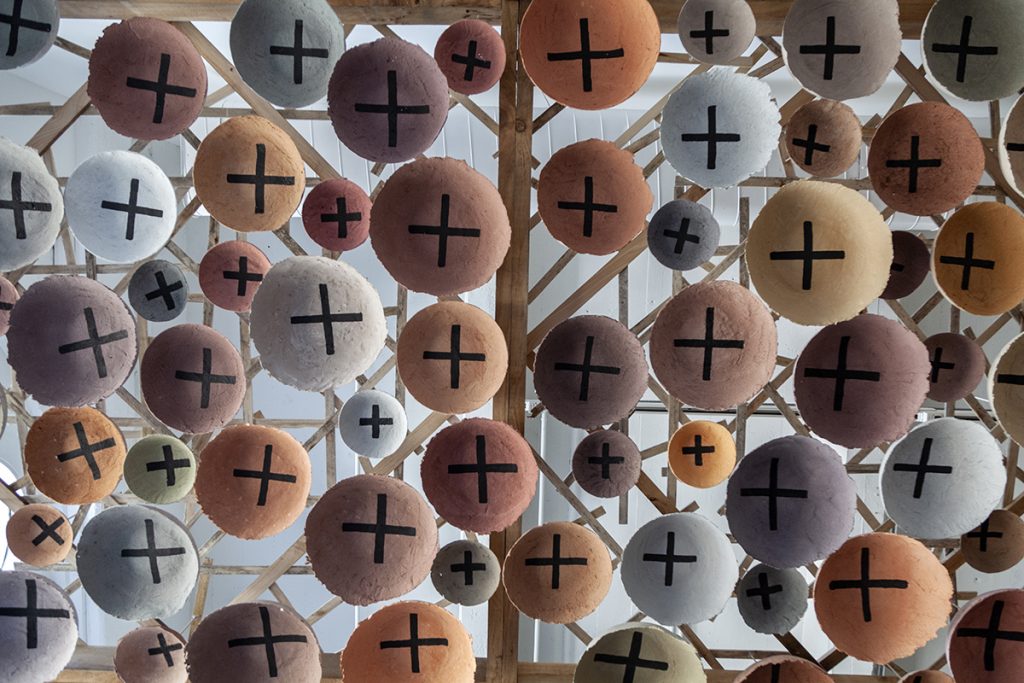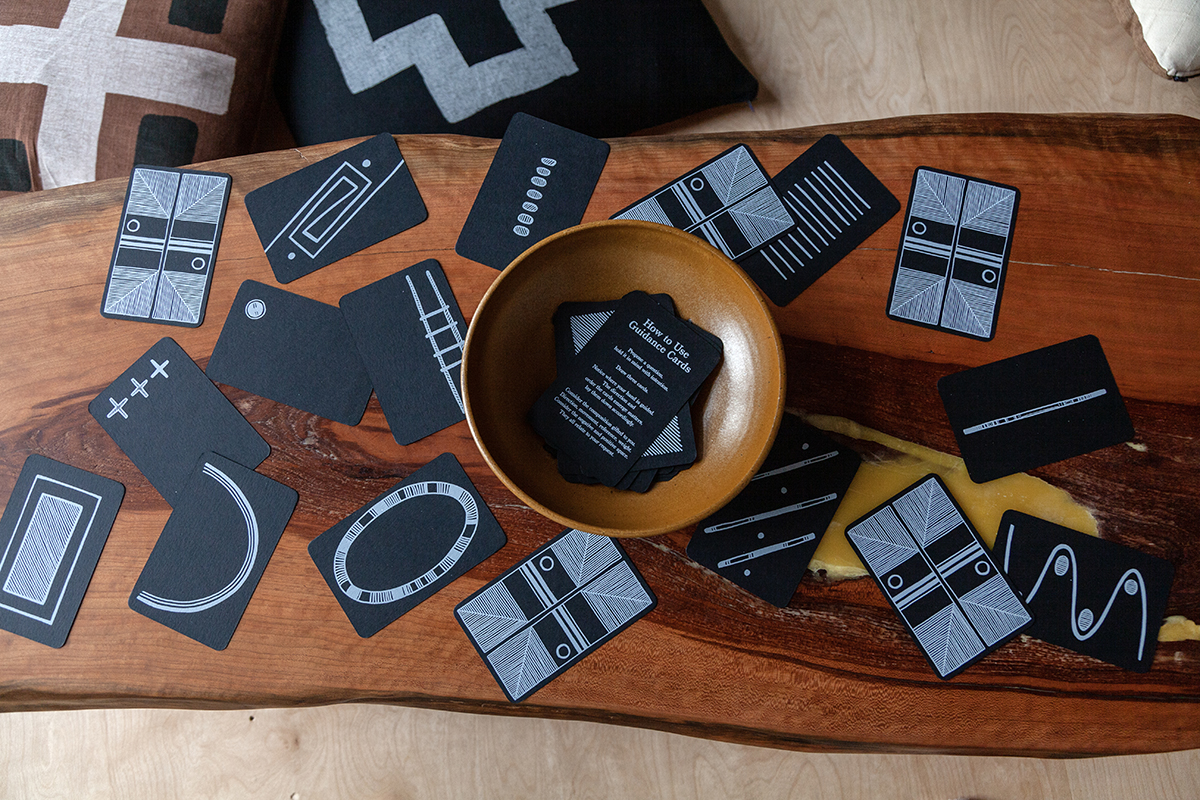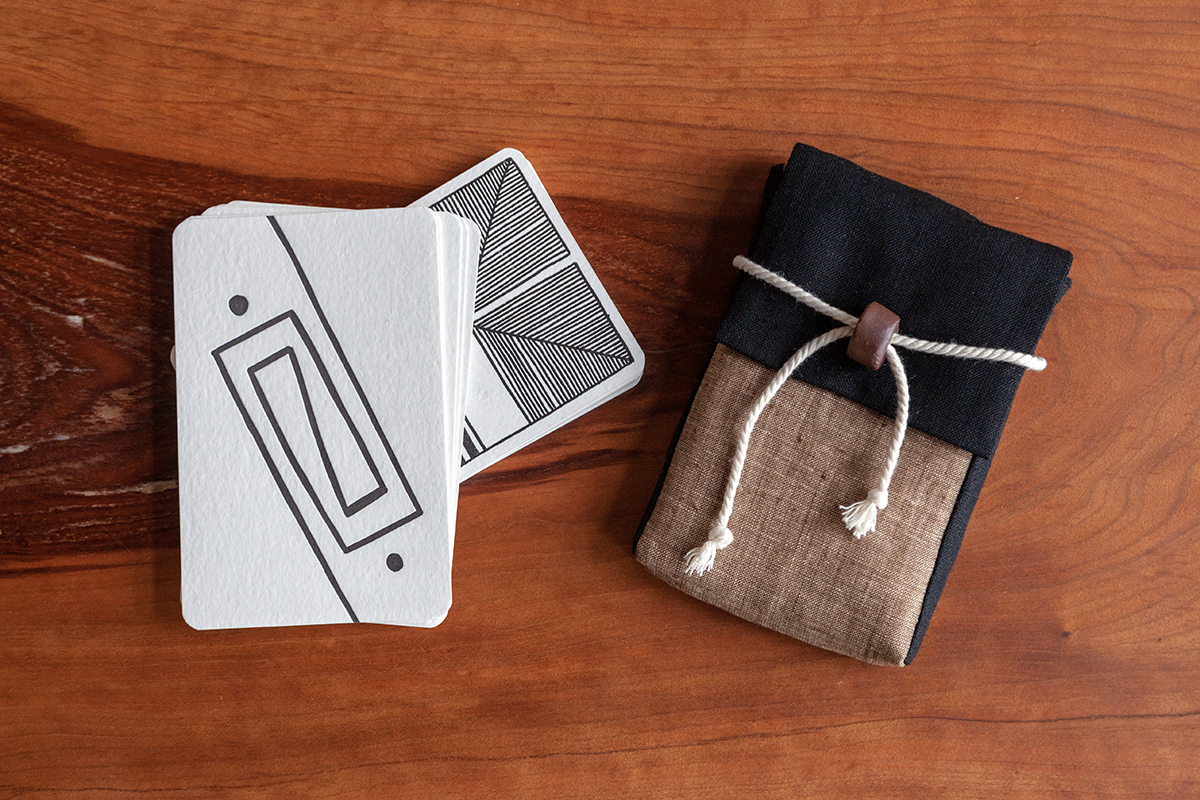The core of Rose B. Simpson’s artistic practice centers on her deep and sensitive exploration of the self and spans ceramics, performance, and automobile design. Her multidisciplinary approach reveals how complex it is to navigate ideas of selfhood in relation to a studio practice, to community, to tradition, to the landscape, and to the endless possibilities of the future. Within her various modes of making, the self — the being — can appear as a figure, as a monument, as a car, or as a movement through space.
In 2022, following a two-year residency, FWM presented Dream House, an immersive, multi-room installation inspired by Pueblo architecture, Simpson’s ancestral landscape, and magical realism. Calling it her “most personal work ever,” Simpson sought to explore the imprints and through-lines that connect and orient her life as an artist, an Indigenous person, and a mother. The installation included the use of ceramic, textile, sculpture, and the artist’s first-ever works in video, all created in collaboration with the FWM studio team.
Partitioned into separated rooms that visitors navigated between and peered inside, each presented an aspect of home for the artist: safety and emotional comfort, the work of psychological and spiritual growth, as well as abundance and fullness. The first room, focusing on Simpson’s notions of safety and empowerment, featured a figurative quilt composed of ceramic pieces as well as a video work depicting Simpson’s ancestral landscape only visible at a remove. A table and chairs designed by the artist filled the second room, representing familial influence and the artist’s dedication to her practice of self-reflection. Large ceramic masks suspended above the workspace referenced a lineage and accountability to forebears and a sustained connection to them. Two videos played in a distant room showing the artist’s own perspective of her feet as they traversed a desert landscape; in one she is barefoot while in the other she is wearing shoes. In the third room, presenting aspects of fullness, visitors peering in encountered artist-made clothing, pottery, shelves, and a spare table setting. In each of these spaces, Simpson included video footage capturing important locations and moments of personal resonance.
In the fourth and final space, representing “the present” and located in front of the gallery’s window, Simpson offered a light-filled gathering space for visitors to enter, sit, rest, reflect, and contemplate their own relationship with home and nourishment. The space served as a communal site throughout the run of the exhibition, offering visitors a deeper connection of self-awareness in relation to place and community.



